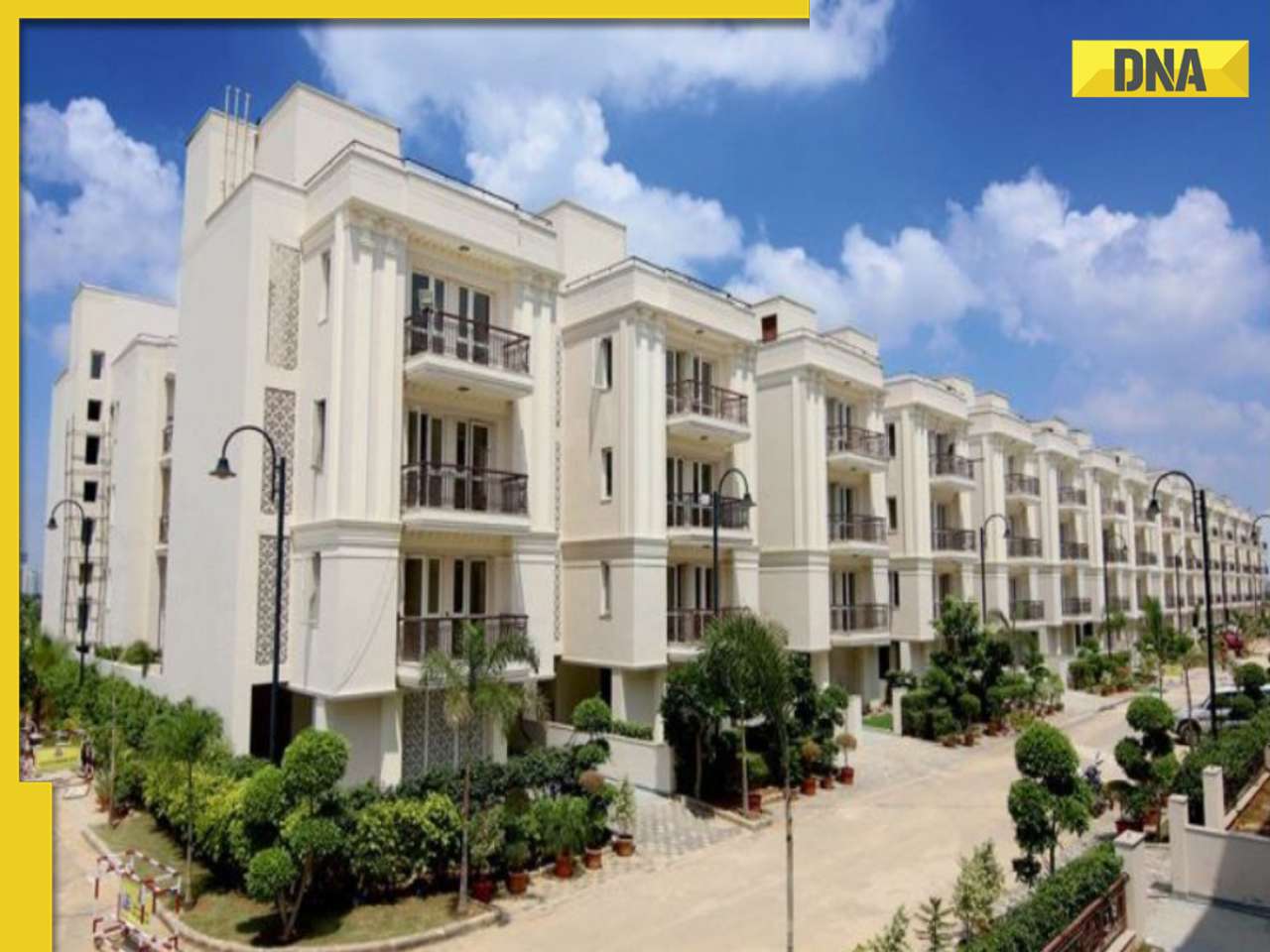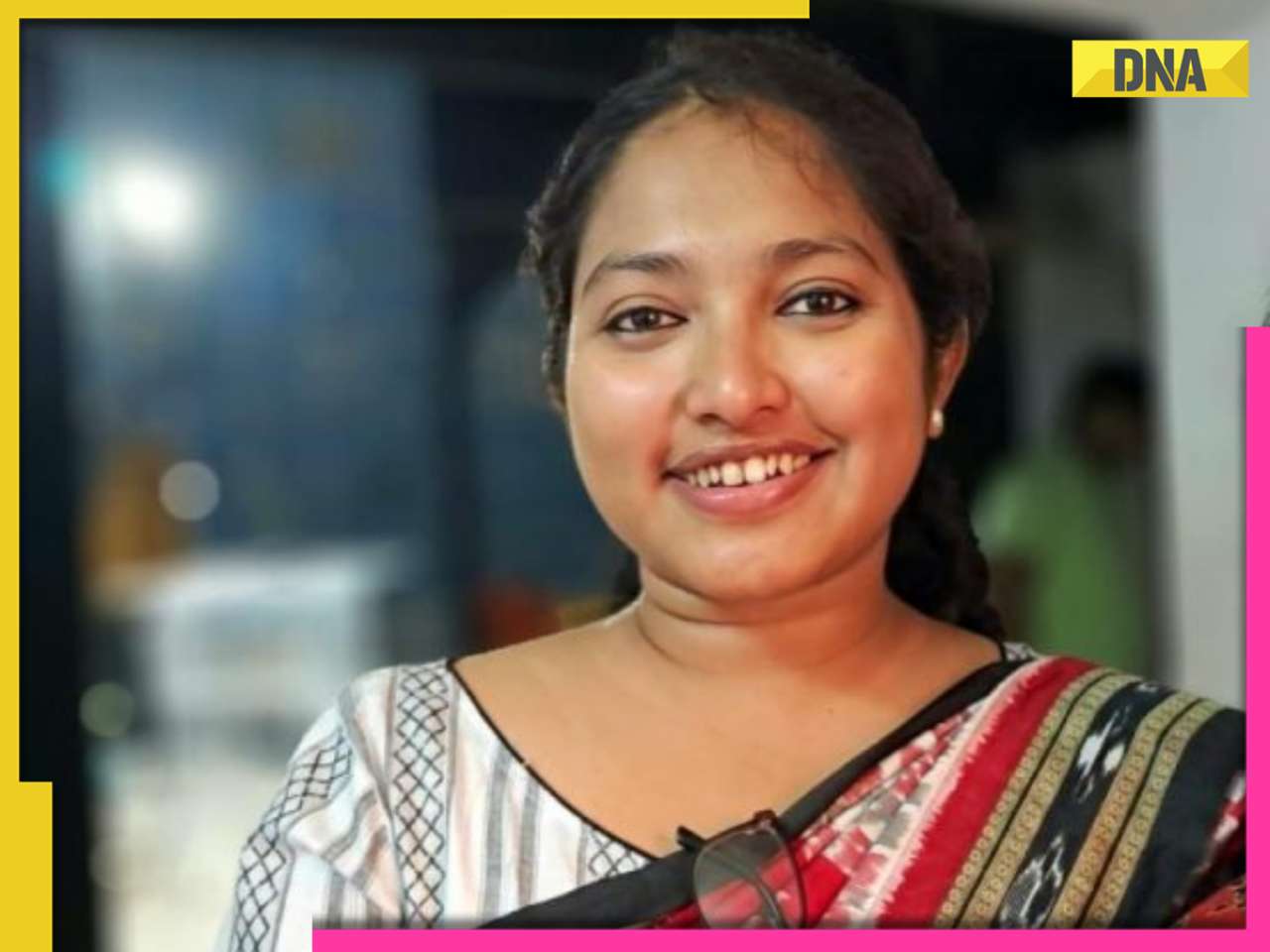School days in an academic year are more than 240 in Jharkhand, Punjab and Bihar while Kerala has just 196 days, say government figures, experts say more school days help students to learn more
When it comes to the number of teaching days in state-funded primary schools, Indian states differ widely. Schools in Kerala have an average 192 instructional days in an academic year while schools in Jharkhand have as many as 249 days, say statistics.
States such as Punjab (243), Bihar (241), Haryana (236) and Uttarakhand (234) have far more number of school days compared to the rest of India. Northeastern state of Meghalaya (192) is at the bottom with Nagaland (199), Mizoram (200) and Jammu & Kashmir (204) not far behind, says the data compiled by the District Information System for Education (DISE) for 2014-15.
The figures clearly suggest a huge difference in the workload of government teachers in India. This also suggests disparity in the efficacy of public education system and learning outcomes in different states. Experts also link more workload with the higher absenteeism of teachers in some states.
On an average, the number of working days in India at the primary school level is 226. It is well within the national curriculum framework guidelines which recommend 220-230 instructional days every academic year. In the US, the norm is 180 days which is being criticised since long as experts say more instructional days help students to learn more.
Maharashtra has 225 instructional days while Gujarat has 227 days. Interestingly, the average school days in India have gone up from 222 to 226 in the last five years. A comparative analysis of 2010-11 and 2014-15 reveals that Jharkhand, Punjab, Haryana and Bihar have added 8-15 more school days in the same time period.
The huge difference in working days of teachers is credited to many factors including climate conditions and lack of uniformity in school holidays. There are other factors leading to unwanted closure of schools. "For instance, political pressure in Maharashtra for Ganapati holidays, natural calamities such as annual floods in Assam, weather and law and order situation in case of Kashmir and a few northeastern states, naxalism and insurgency in a few parts of India," said an expert.
"Actual instructional days could be less than the government figures as we don't know how much teaching takes place in the school even on those days," says Farida Lambay, the co-founder of the NGO Pratham.
Instructional days do include exam days, half day festival celebrations and even those days when teachers are on long leave, admits an education official from Maharashtra.
Educationists say more instructional days help students to learn more. "More the instructional days, more would be learning time especially in case of children from poorer backgrounds where the stimulation at home is far less than that in school. We have observed that learning levels in children dip after long holidays," says RP Singh, principal in a government school of Uttar Pradesh.
"In a city like Mumbai or Delhi, most kids spend holidays watching TV and computer games. This puts extra-burden on teachers when schools reopen after long holidays to bring the kids back to studies," says Mrinal Gupta, a Delhi-based teacher.
Teachers also say that 220-230 school days are not only good for the mental growth of children but also for the physical and mental well-being of teachers. "There's sufficient time to complete the portions and give children the space to be themselves. If schools operate for lesser time than that, the stress on children rises which often makes them sick leading to absenteeism. Same happens with the teachers," says a teacher from a civic school in Mumbai.
However, some experts feel that more instructional days don't necessarily mean better learning outcomes. "The concern should be how much of school time is utilized for teaching. Government teachers are forced to do non-teaching work, often at the cost of teaching hours," says educationist Dr Arundhati Chavan, in-charge director of Centre of Distance Education, SNDT women's university, who also heads Teachers and Parents Association.
Perhaps that is why private schools affiliated to ICSE, CBSE and international boards have better results than government schools. "They have more structured but less number of school-days compared to government schools. Most of them have five day schools and thus their teachers are less burdened compared to us. Still their results are often better than us as their teachers put in more time in teaching while we are deployed for census and poll duty", says a civic school teacher of Mumbai.
This is alarming mainly because state-run schools mostly cater to poor children. This means India has to go a long way to ensure quality education even as it mandated elementary education to kids aged 6-14 under Right to Education Act in 2009.
Lambay links the higher number of schooling days with absenteeism of teachers. "Possibly due to more burden teachers' absenteeism is high in Jharkhand and other northern states compared to others. This is a complex situation as irregularity of the teachers affects the learning outcome drastically," she said.
A recent World Bank study says that teacher absenteeism in rural schools in India is costing the government $1.5 billion annually, representing 60 per cent of the entire revenue collected from the education cess used to fund the Sarva Siksha Abhiyan.
The study based on unannounced visits to 1,200 rural government schools, found 25% of teachers were absent from school, and only about half were teaching. Absence rates varied from 15% in Maharashtra to 42% in Jharkhand.
While Chavan bats for a uniform policy for school holidays at the Centre level with no local interference, Lambay thinks otherwise. "Holidays can't be uniform due to diversity of India."
Bottom Five
States
Number of Instructional days (Govt & aided primary schools)
Meghalaya
192
Kerala
196
Nagaland
199
Mizoram
200
Jammu and Kashmir/Arunachal
204
Top five
State
Number of Instructional days (Govt and aided primary schools)
Jharkhand
249
Punjab
243
Bihar
241
West Bengal
239
Haryana
236
![submenu-img]() Anant Raj Ventures into tier 2 and tier 3 cities, pioneering growth in India’s real estate sector
Anant Raj Ventures into tier 2 and tier 3 cities, pioneering growth in India’s real estate sector![submenu-img]() Sophie Turner reveals she wanted to terminate her first pregnancy with Joe Jonas: 'Didn't know if I wanted...'
Sophie Turner reveals she wanted to terminate her first pregnancy with Joe Jonas: 'Didn't know if I wanted...'![submenu-img]() Meet outsider who was given no money for first film, battled depression, now charges Rs 20 crore per film
Meet outsider who was given no money for first film, battled depression, now charges Rs 20 crore per film![submenu-img]() This is owner of most land in India, owns land in every state, total value is Rs...
This is owner of most land in India, owns land in every state, total value is Rs...![submenu-img]() Meet man who built Rs 39832 crore company after quitting high-paying job, his net worth is..
Meet man who built Rs 39832 crore company after quitting high-paying job, his net worth is..![submenu-img]() Meet woman who first worked at TCS, then left SBI job, cracked UPSC exam with AIR...
Meet woman who first worked at TCS, then left SBI job, cracked UPSC exam with AIR...![submenu-img]() Meet engineer, IIT grad who left lucrative job to crack UPSC in 1st attempt, became IAS, married to an IAS, got AIR...
Meet engineer, IIT grad who left lucrative job to crack UPSC in 1st attempt, became IAS, married to an IAS, got AIR...![submenu-img]() Meet Indian woman who after completing engineering directly got job at Amazon, then Google, Microsoft by using just...
Meet Indian woman who after completing engineering directly got job at Amazon, then Google, Microsoft by using just...![submenu-img]() Meet man who is 47, aspires to crack UPSC, has taken 73 Prelims, 43 Mains, Vikas Divyakirti is his...
Meet man who is 47, aspires to crack UPSC, has taken 73 Prelims, 43 Mains, Vikas Divyakirti is his...![submenu-img]() IIT graduate gets job with Rs 100 crore salary package, fired within a year, he is now working as…
IIT graduate gets job with Rs 100 crore salary package, fired within a year, he is now working as…![submenu-img]() DNA Verified: Is CAA an anti-Muslim law? Centre terms news report as 'misleading'
DNA Verified: Is CAA an anti-Muslim law? Centre terms news report as 'misleading'![submenu-img]() DNA Verified: Lok Sabha Elections 2024 to be held on April 19? Know truth behind viral message
DNA Verified: Lok Sabha Elections 2024 to be held on April 19? Know truth behind viral message![submenu-img]() DNA Verified: Modi govt giving students free laptops under 'One Student One Laptop' scheme? Know truth here
DNA Verified: Modi govt giving students free laptops under 'One Student One Laptop' scheme? Know truth here![submenu-img]() DNA Verified: Shah Rukh Khan denies reports of his role in release of India's naval officers from Qatar
DNA Verified: Shah Rukh Khan denies reports of his role in release of India's naval officers from Qatar![submenu-img]() DNA Verified: Is govt providing Rs 1.6 lakh benefit to girls under PM Ladli Laxmi Yojana? Know truth
DNA Verified: Is govt providing Rs 1.6 lakh benefit to girls under PM Ladli Laxmi Yojana? Know truth![submenu-img]() In pics: Taarak Mehta Ka Ooltah Chashmah actress Deepti Sadhwani dazzles in orange at Cannes debut, sets new record
In pics: Taarak Mehta Ka Ooltah Chashmah actress Deepti Sadhwani dazzles in orange at Cannes debut, sets new record![submenu-img]() Ananya Panday stuns in unseen bikini pictures in first post amid breakup reports, fans call it 'Aditya Roy Kapur's loss'
Ananya Panday stuns in unseen bikini pictures in first post amid breakup reports, fans call it 'Aditya Roy Kapur's loss'![submenu-img]() Remember Harsh Lunia? Just Mohabbat child star, here's how former actor looks now, his wife is Bollywood's popular...
Remember Harsh Lunia? Just Mohabbat child star, here's how former actor looks now, his wife is Bollywood's popular...![submenu-img]() Mother's Day 2024: Bollywood supermoms who balance motherhood, acting, and run multi-crore businesses
Mother's Day 2024: Bollywood supermoms who balance motherhood, acting, and run multi-crore businesses![submenu-img]() Rocky Aur Rani's Golu aka Anjali Anand shocks fans with drastic weight loss without gym, says fitness secret is...
Rocky Aur Rani's Golu aka Anjali Anand shocks fans with drastic weight loss without gym, says fitness secret is...![submenu-img]() Haryana Political Crisis: Will 3 independent MLAs support withdrawal impact the present Nayab Saini led-BJP government?
Haryana Political Crisis: Will 3 independent MLAs support withdrawal impact the present Nayab Saini led-BJP government?![submenu-img]() DNA Explainer: Why Harvey Weinstein's rape conviction was overturned, will beleaguered Hollywood mogul get out of jail?
DNA Explainer: Why Harvey Weinstein's rape conviction was overturned, will beleaguered Hollywood mogul get out of jail?![submenu-img]() What is inheritance tax?
What is inheritance tax?![submenu-img]() DNA Explainer: What is cloud seeding which is blamed for wreaking havoc in Dubai?
DNA Explainer: What is cloud seeding which is blamed for wreaking havoc in Dubai?![submenu-img]() DNA Explainer: What is Israel's Arrow-3 defence system used to intercept Iran's missile attack?
DNA Explainer: What is Israel's Arrow-3 defence system used to intercept Iran's missile attack?![submenu-img]() Sophie Turner reveals she wanted to terminate her first pregnancy with Joe Jonas: 'Didn't know if I wanted...'
Sophie Turner reveals she wanted to terminate her first pregnancy with Joe Jonas: 'Didn't know if I wanted...'![submenu-img]() Meet outsider who was given no money for first film, battled depression, now charges Rs 20 crore per film
Meet outsider who was given no money for first film, battled depression, now charges Rs 20 crore per film![submenu-img]() Meet actress who quit high-paying job for films, director replaced her with star kid, had no money, now lives in...
Meet actress who quit high-paying job for films, director replaced her with star kid, had no money, now lives in...![submenu-img]() This star kid's last 3 films lost Rs 5000000000 at box office, has no solo hit in 5 years, now has lost four films to...
This star kid's last 3 films lost Rs 5000000000 at box office, has no solo hit in 5 years, now has lost four films to...![submenu-img]() Meet actress viral for just walking on screen, belongs to royal family, has no solo hit in 15 years, but still is…
Meet actress viral for just walking on screen, belongs to royal family, has no solo hit in 15 years, but still is…![submenu-img]() This is owner of most land in India, owns land in every state, total value is Rs...
This is owner of most land in India, owns land in every state, total value is Rs...![submenu-img]() Blinkit now gives free dhaniya with veggie orders, thanks to Mumbai mom
Blinkit now gives free dhaniya with veggie orders, thanks to Mumbai mom![submenu-img]() Meet man, an Indian who entered NASA's Hall of Fame by hacking, earlier worked on Apple's...
Meet man, an Indian who entered NASA's Hall of Fame by hacking, earlier worked on Apple's...![submenu-img]() 14 majestic lions cross highway in Gujarat's Amreli, video goes viral
14 majestic lions cross highway in Gujarat's Amreli, video goes viral![submenu-img]() Here's why Isha Ambani was not present during Met Gala 2024 red carpet
Here's why Isha Ambani was not present during Met Gala 2024 red carpet






































)















)
)
)
)
)
)